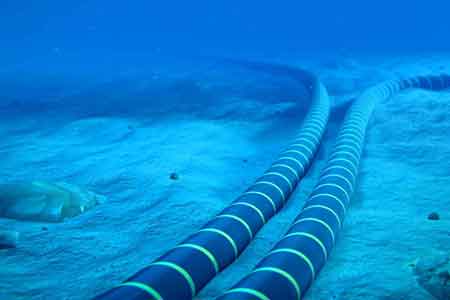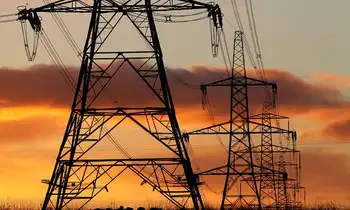Infrastructure still vulnerable after Ike
By Fox News
CSA Z462 Arc Flash Training - Electrical Safety Essentials
Our customized live online or in‑person group training can be delivered to your staff at your location.

- Live Online
- 6 hours Instructor-led
- Group Training Available
Hammered by Ike's hurricane force winds, the fragile chain which delivers fuel to machinery cracked, sending many residents back, in a sense, more than a century.
"We lost 2.1 of our 2.2 million customers," reports Scott Prochazka, Sr. Vice President of Electric Operations for Centerpoint Energy.
The fourth largest city in the U.S. and much around it was rendered virtually powerless.
From 35 states and as far away as Canada, a restoration force of 11,000 flowed into southeast Texas to contend with a volume of downed vegetation almost beyond calculation.
Softened by the ease of new millennium living, storm-weary residents soon realized there would be little instantaneous in the return of power. Denied the electron-fired devices which encourage retreat and gobble time, most settled in and sought out oft-neglected neighbors.
Each day street corner clusters of mutual concern numbered in the tens of thousands.
"It allowed people to cling to each other as if they were on an island and there was nobody left but them," recalls Sandra Hines, neighborhood activist and mayor of the Sunnyside community.
"I think what this storm did was reconnect people with their human side and to reach out to one another," adds Hines.
In a matter of days, lights began returning to lucky neighborhoods, power restored in no particular pattern apparent to the public.
"It is a matter of chance. It's what mother nature chooses to do in terms of where the damage hits," explained Centerpoint's Prochazka.
Ten long days after landfall, Centerpoint reported 75 percent of customers back in service. For the half million still lingering, each day without power pushed simmering impatience closer to a boil. Full restoration would come eight days later, roughly 430 hours after Ike pounded ashore.
Centerpoint offered this self assessment. "The good news is the system held up pretty well," Prochazka said.
In other words, it could have been a lot worse. All but one percent of Centerpoint's mostly wooden power poles survived the storm, with the lion's share of debilitating damage directly linked to downed trees.
It all leads to a critical question — could Centerpoint have done better?
"The debris management was not planned for and that cost them a lot of delays," says professor Cumaraswamy Vipulanandan.
As part of the University of Houston's Texas Hurricane Center, it's his job to constructively second guess Centerpoint's performance.
"If we had all the things in place, we would have been back within a week," says Vipulanandan, a civil engineer.
One week instead of two and a half.
Almost everyone agrees that the most effective preemptive measure would be putting wind- and tree-exposed lines below ground, but at an estimated cost of $35 billion, five times the expense of the entire Ike restoration, that will not be happening anytime soon.
"To go back and try to bury everything that's out there just isn't economically feasible," says Prochazka.
Centerpoint does hope to improve deployment speed by doubling from eight to sixteen the number of repair crew staging areas. The utility company is also optimistic that wide-scale installation of new "smart meters" will provide instantaneous intelligence, pinpointing major outages for rapid response.
The hard fact remains Houston's source of power is as vulnerable now as it was twelve months earlier.
"The infrastructure power system we have on the ground today is virtually the same we had on the ground a year ago when Ike hit," Prochazka confirms.
That means come "hell and high-water," Houstonians will likely get to know their neighbors again, the one abiding dividend of enduring days in the dark.











